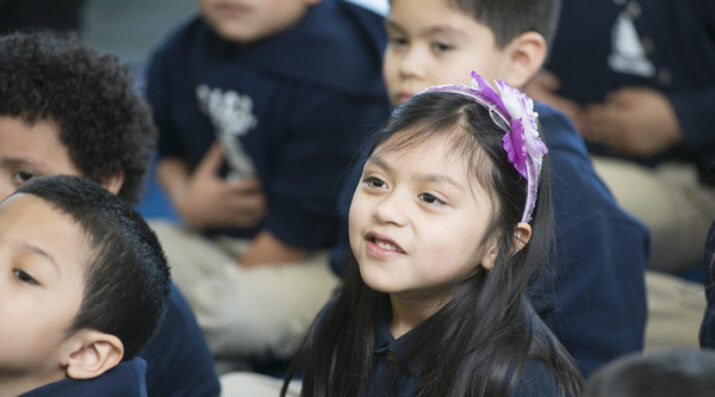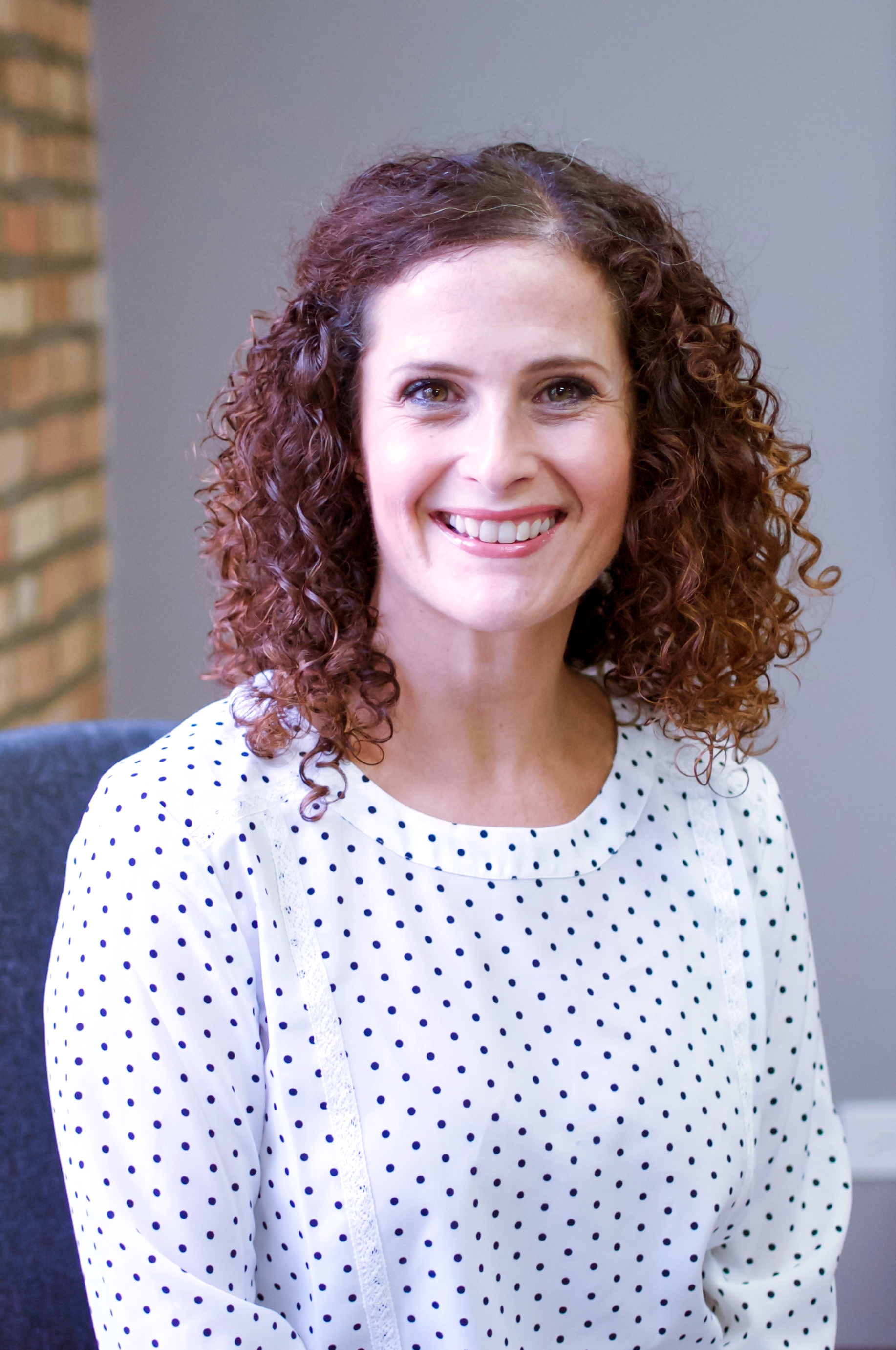Open the Doors: Returning to School with New Perspective
Topics

We’ve all had the experience of truly purposeful, authentic learning and know how valuable it is. Educators are taking the best of what we know about learning, student support, effective instruction, and interpersonal skill-building to completely reimagine schools so that students experience that kind of purposeful learning all day, every day.
What should education after COVID-19 be? The past year has changed us and the lessons learned can help us build a more equitable system for learning.
As we close out the 2020-21 school year, and turn the corner to the promise of a fresh start for 2021-22, it is important to pause, to reflect on our individual and collective experiences over the past year. The impact of COVID-19 on education will be felt for years to come. The pandemic shook the educational system to its core and shone a spotlight on practices that, while standard and accepted in the past, do not serve all students and, worse, disproportionately affect historically marginalized students. Over this past year, as educators we have all experienced the extremes of uncertainty and frustration, and the celebration of small wins and professional growth at a rate we had never believed possible. We have tested our limits, sometimes unwillingly, established deeper relationships with our students and families, and had to recommit to believing in ourselves and our abilities on a near daily basis.
In preparing for the year ahead, we are asking what education after COVID-19 should be: what lessons do we want to carry forward and what practices do we need to shed for good? Holding onto a practice simply because it is “how we’ve always done things” is no longer an option. School during the pandemic required us to assess our practices, rapidly ideate and implement, and question our values. Moving forward, educators cannot ignore outdated and inequitable practices. Failing to acknowledge and internalize these lessons is a missed opportunity—we know that we cannot go back to what used to be, because what used to be was never good enough.
Lessons Learned from COVID-19 in Education
While school during the pandemic this past year has been extremely challenging, it has also helped educators at Distinctive Schools to identify and commit to the most important and impactful work for the year ahead. That’s why we identified three priority areas that will inform our professional development and decision-making at all levels of the organization. These priorities are:
- Diversity, equity, and inclusion
- Learning acceleration
- Mental health and well-being for both students and adults
While these priority areas include unique needs and clearly defined action steps, they are also highly interconnected. For example, we commit to leading with equity at the forefront of all that we do. When making decisions, we will ask ourselves questions we hadn’t always considered in the past, such as “Whose perspective is missing from this conversation?” and “Which stakeholders will be most impacted by this decision?”
Similarly, our approach to technology is more firmly rooted in equity than ever before. Our team has worked tirelessly over the past year to ensure that all students have access to a device and have partnered with families to provide internet access so that they can participate in learning at home with their peers. Post-COVID life does not change the fact that students need and deserve access to technology. We have seen that this type of access removes barriers, strengthens the home-school partnership, and ensures that every child has access to learning anytime and anywhere. We cannot endure a digital divide and will not go back to systems that failed to make access to technology a reality.
Finally, we are shifting from seeing school as a place focused solely on academics to ensuring that our schools are a community hub, a place that welcomes families in partnership and values the diversity and assets of the communities we serve. We commit to exploring every pathway to make sure that our schools are open and welcoming spaces for all. Establishing multiple ways to communicate with families, implementing permanent virtual conferencing to better accommodate working parents, and staying attuned to what our families need physically and emotionally have a far greater impact on their children’s education than any academic conference we hosted in the past. We are making a commitment to always make time for these conversations and relationships; we will not go back to a rigid focus on academic conversations.
Where to Start Rebuilding Education after COVID-19
In the face of much work ahead to build a more equitable education system after COVID-19, all of which is important, identifying the first step can feel like an insurmountable task. During the COVID-19 pandemic, my colleagues and I were swirling in a cloud of events and decisions beyond our control. We learned early on to acknowledge the factors we could not influence or control so that we could focus our thinking and energy on those that we could. We found that it is important to approach the work with a focus on and commitment to incremental change over time. Commit to action, celebrate the small wins, and course correct when you need to. The post-COVID goals of not going back to what used to be and embracing a new future of education are firm, but the path to get there likely will keep changing.
In designing the future of your school, keep in mind that consistent communication is essential. In navigating constant change this past year, my team found that giving our teachers and families regular updates with regards to impending decisions and our rationale helped provide a sense of calm and address any anxieties. It also reinforced our belief that all stakeholders have a role in realizing our goals. Even as we prepare for the year ahead, we acknowledge that we don’t have all of the answers. We accept this uncertainty, move forward in spite of it, and engage in conversations with stakeholders to ensure that our decisions reflect the needs of the community we serve.
We also have a renewed and deeper commitment to our mission and vision. The DS mission is as follows:
“The mission of Distinctive Schools, an educational practice leader committed to social justice and the elevation of access and achievement in historically marginalized communities, is to support each child in becoming an engaged and curious learner, a confident self-advocate, and a creative problem-solver by setting high expectations and nurturing a positive culture that honors diversity, collaboration, and optimism.”
While I have seen the Distinctive Schools staff strive to live by and embody this statement, in this past year we have come to clearly see our blind spots and missed opportunities. For example, we have come to recognize how inflexible schedules limit the potential for family partnerships. After a year defined by both uncertainty and renewed clarity, aligning to the core tenets of our mission in our school communities is more important than ever. As we redefine the educational experience that our students will have this fall, we commit to make decisions through the lens of our values and beliefs. Doing so is key to ensuring we have a clear path forward.
Based on our experience, we encourage you to revisit your mission and vision this school year. Engage with your stakeholders to reflect on what your mission and vision look like in actual practice at all levels of your education system, and honestly assess your current structures and processes through the lens of their alignment. Recentering our work in our purpose and shared “Why” has deeply informed and shifted our approach to things such as the school calendar, technology protocols, and teacher’s planning schedules. This does not mean that we can now make decisions faster; rather, it means that we are so deeply committed to our purpose that we now know when to push back on and question a process. Most individuals on our staff now have the strength and conviction to say, “We can’t do it this way anymore.” For example, we are working to eliminate budget-driven decision-making by advocating for what we need and investing in what we believe in rather than thinking in terms of what we can and cannot "afford.” Our mission and vision are truly our heartwork.
At the beginning of the pandemic, my colleagues and I were all eager for the day that it would end and we could return to normal. A year in, we are still eager to see our students and families in person and to return to classrooms buzzing with laughter and joy. However, we are deeply changed by the past year and “normal” is no longer the destination.
Educators are all coming back to the classroom different—through both our lived experiences and the deep lessons learned. This fall, let’s vow to no longer accept the inequities and other barriers to student learning and student success. Let’s mark this fall as the beginning of a new journey, a journey we all walk together and one that leaves no one behind.
Photo at top courtesy of Distinctive Schools.




